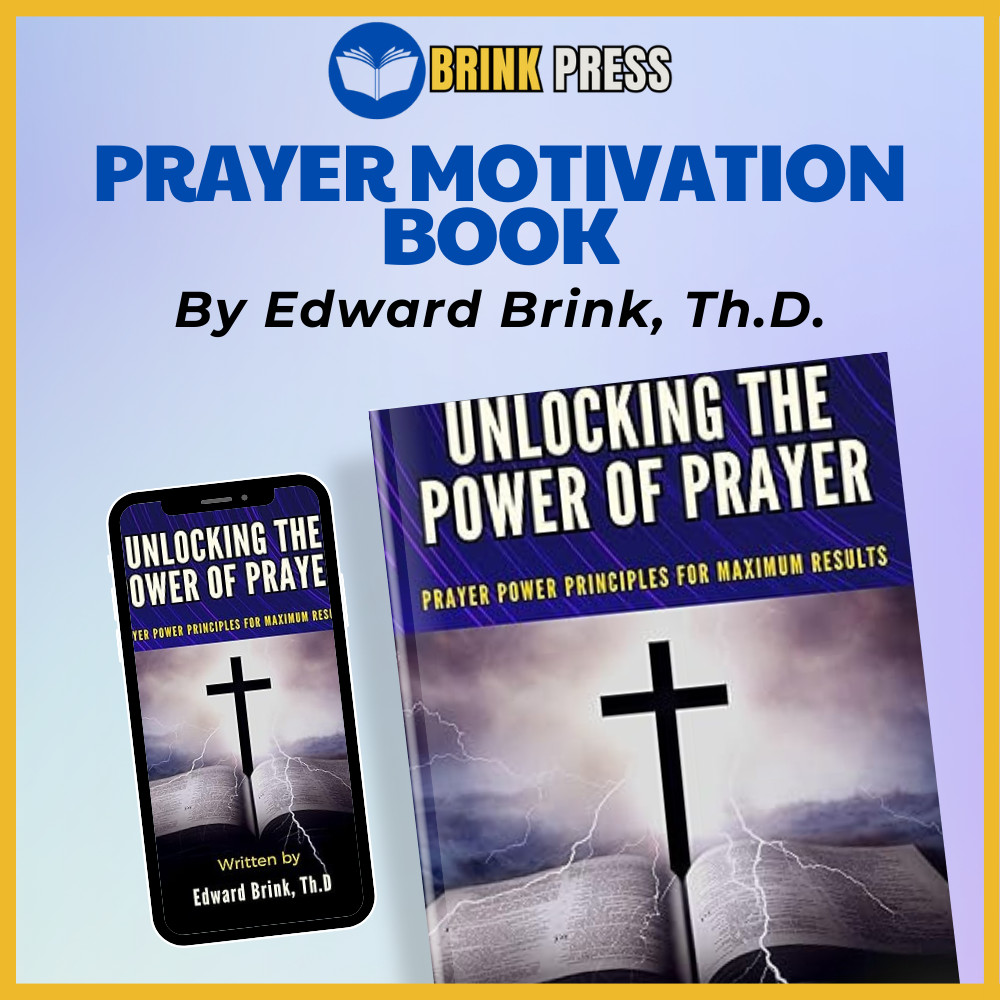Unlocking the Power of Prayer: A Transformative Guide to Co-Creation
Carl Jung's profound insight, “Until you make the unconscious conscious, it will direct your life and you will call it fate,” resonates deeply with the transformative power of prayer. This isn't about adhering to rigid religious doctrines; it's about harnessing the inherent potential within each of us to actively shape our lives. Heidi Smith's insightful book, The Uncommon Book of Prayer: A Guide to Co-Creating With the Universe, serves as a compelling guide on this journey.
Reframing Prayer: An Active Agreement with the Divine
Smith, a mental health counselor and flower-essence therapist, redefines prayer as “an active agreement made between your soul and the divine.” This expansive definition transcends religious boundaries, encompassing a personal connection with a higher power, whatever form that takes for you. The essence lies in intentionality: “Intentional prayer is a way to bring more agency to those places in your life where you struggle.” It's not passive; it's a conscious act of co-creation, aligning ourselves with a greater force to manifest positive change. Prayer, she emphasizes, “plants the seeds of change. Co-creation is the progression of thinking to feeling to knowing to being.” This process of intentional prayer isn't just about personal growth; it extends to fostering solidarity with our communities and the planet.
The Multidisciplinary Approach to Prayer
Smith's background as a mental health counselor, herbalist, and flower-essence therapist informs her unique approach to prayer. Her work incorporates somatic therapies, such as Focusing, a technique that helps individuals connect with their physical sensations to unravel subconscious patterns. This holistic perspective emphasizes the interconnectedness of mind, body, and spirit in the prayer process. She began to lean more deeply into prayer during the pandemic, noticing a gap in resources that provided a secular, cross-cultural understanding of prayer. She noted that many books focus on meditation and mindfulness but don't go into the mechanics of sound and language. This multidisciplinary approach makes her work accessible to a broad audience.
Navigating Negative Spirals and Trauma
The book acknowledges the challenges of maintaining a positive outlook, particularly for those who have experienced trauma. Smith emphasizes that a negative worldview isn't simply a mindset; it's a very real consequence that can be a significant barrier to the practice of prayer. She advises starting with self-awareness: identify triggers, the time of day when negative thoughts arise, and the physical sensations associated with them. From there, she suggests creating short mantras or prayers—a few sentences to counter the negativity. For example, “I released the need to have all the answers right now,” became a potent mantra for navigating overwhelming situations.
The Importance of Consistent Practice
Smith's approach to prayer emphasizes consistency. Even in the midst of traumatizing events, regular practice helps build a foundation for emotional regulation. It's not about instantly overriding biology; it's about building a reservoir of coping mechanisms. The familiarity and effectiveness of this consistent practice will help in moments of crisis. The key takeaway is that prayer isn't solely for catastrophic moments; it's a daily practice that strengthens our resilience. It isn't about forcing positivity, but about acknowledging and working through difficult emotions.
Intention, Prayer, and Mantra: Interchangeable Tools for Change
The book clarifies the often-blurred lines between intention, prayer, and mantra. Smith presents them as interchangeable tools, highlighting the importance of action beyond intention. Prayer, she argues, is a commitment to creating change, both within oneself and the world. It's a framework for accountability, a conscious choice to actively participate in shaping one's reality. It's about understanding the co-creative nature of life— actively participating in shaping your reality rather than passively accepting whatever happens to you.
The Role of Deep Listening as Prayer
Smith underscores the importance of deep listening as a form of prayer in itself. She describes this as tuning out the external world and turning inward, which is a departure from our culture's emphasis on constant external stimuli. This internal listening is a practice that takes time, comfort, and a willingness to focus on our sixth sense, tuning out the attention economy and focusing inward. It is a revolutionary act of self-awareness and connection to your inner self.
Cultural Sensitivity and Filling Your Own Cup
The discussion delves into the ethical considerations of cultural appropriation in spiritual practices. Smith stresses the importance of research, understanding the origins and historical context of traditions before adopting them. She uses the examples of sage and palo santo to illustrate the harm caused by overharvesting and using practices outside their sacred purpose. There is also an important distinction between paying attention to our needs and developing a sense of self-care. This allows us to better support others and provide aid to them when needed.
The Accessibility of Prayer and Its Purpose
Ultimately, Smith seeks to make prayer accessible to everyone, regardless of religious background. She emphasizes that there's no universal definition of prayer and that its true value lies in its power to foster healing, grace, and change, whether practiced religiously or not. The core is to understand that prayer is a practice, not a single event, and that the goal is to create a deeper spiritual connection and to facilitate growth. The book offers a path towards fostering a more meaningful and impactful prayer life—a journey of self-discovery, healing, and co-creation with the divine. It is a tool to build resilience, and create possibilities where resolution might seem impossible. The power of prayer lies in its simplicity. It does not require elaborate rituals or expensive materials; it requires a shift in perception.
This accessible approach allows individuals to adapt prayer to their individual needs, beliefs, and cultural backgrounds, making it a tool for personal transformation and positive change in the world. This powerful practice is within reach of all of us, and we can utilize it to build a more resilient and compassionate world. It’s a personal journey. It’s a tool.

















